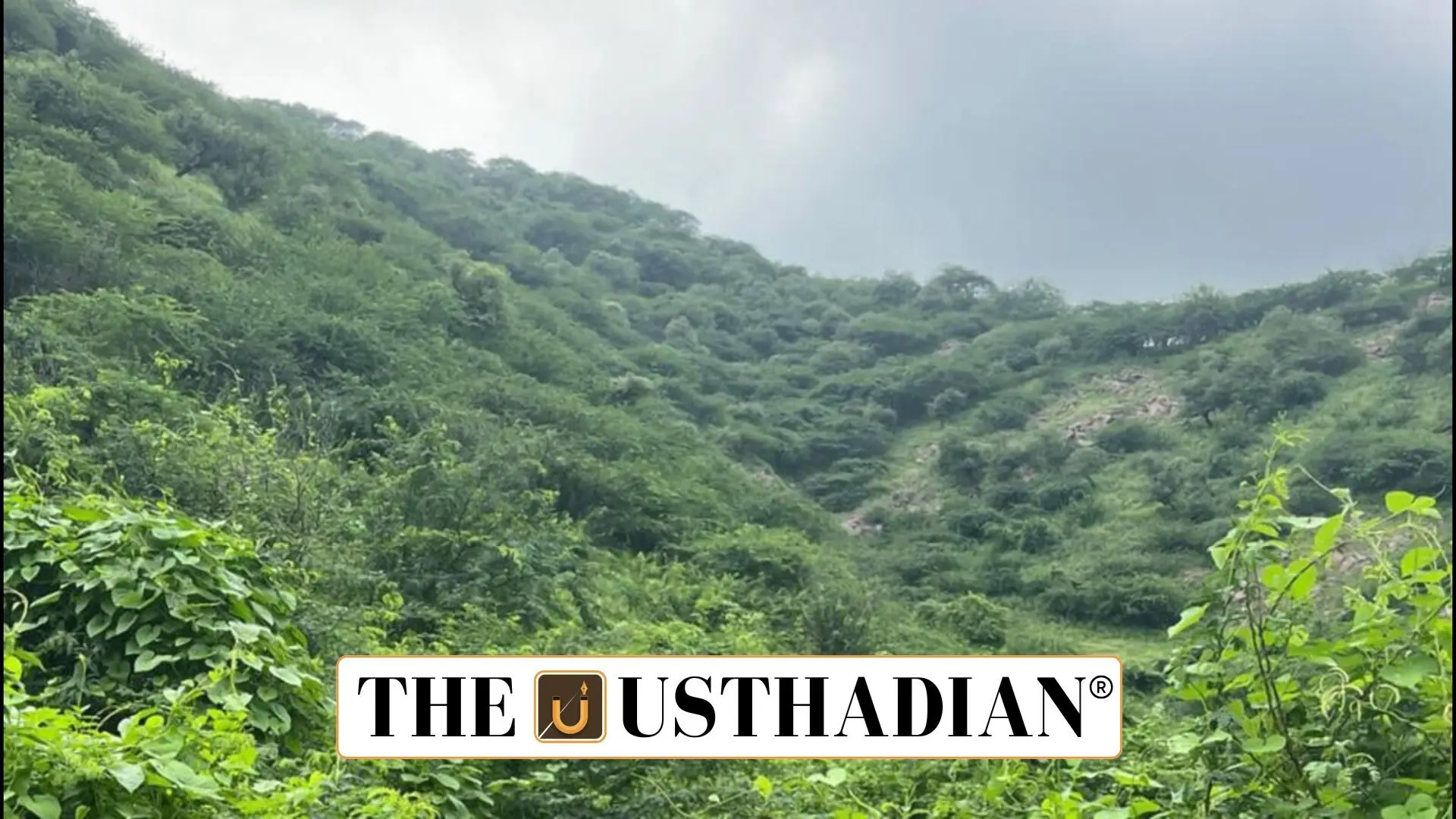A Mega Safari Vision Amidst Eco-Sensitivity
Haryana’s Aravali Safari Park Plan Triggers Conservation Debate: The Haryana government’s proposal to build the world’s largest safari park across 3,858 hectares in Gurugram and Nuh has ignited sharp debate. The plan, which includes animal enclosures, luxury lodgings, and entertainment zones, aims to boost tourism and has been transferred to the forest department for better oversight. However, this vision is now being challenged by environmentalists and former forest officers who warn of irreversible ecological damage to the Aravali hills.
Why the Aravali Range is Ecologically Priceless
The Aravali mountain range , is among the world’s oldest fold mountains stretching 670 km from Delhi to Gujarat. Formed during the Proterozoic era as part of the Aravalli-Delhi orogenic belt, it has gradually eroded over millions of years. Guru Shikhar, its highest peak at 1,722 metres, lies in Rajasthan. Apart from rich biodiversity, these hills prevent desertification, serve as natural aquifers, and help recharge groundwater—particularly vital for dry districts like Gurugram and Nuh.
Project Faces Stiff Opposition from Experts
A group of 37 retired Indian Forest Service officers has publicly opposed the project, citing the ecological sensitivity of the region. They argue that the safari park prioritises tourism over conservation, warning that increased construction and traffic could worsen groundwater depletion and disrupt the fragile forest ecosystem. Their plea is not merely emotional—it reflects legal and environmental concerns upheld by Supreme Court and National Green Tribunal rulings.
Legal Safeguards Already Exist
The Punjab Land Preservation Act of 1900 and the Indian Forest Act, 1927 provide strong protections for the Aravalis. Around 24,000 hectares are already designated as Protected Forests. These laws restrict construction, deforestation, and commercial exploitation of forest land. The judiciary has repeatedly upheld these protections, reinforcing that development must not violate ecological norms.
Alternatives Rooted in Conservation
Conservationists argue that instead of a tourist-heavy safari park, the state should opt for a national park or wildlife sanctuary, focusing on rewilding, native species protection, and habitat restoration. This approach would align with India’s biodiversity commitments and UN Sustainable Development Goals, ensuring that nature is preserved rather than packaged for entertainment.
STATIC GK SNAPSHOT
| Topic | Details |
| Project Location | Gurugram & Nuh, Haryana (Aravali Hills) |
| Aravali Range Length | 670 km (Delhi to Gujarat) |
| Highest Peak | Guru Shikhar, 1,722 m, Rajasthan |
| Rivers Originating | Luni, Banas, Sahibi (Yamuna tributaries) |
| Legal Protection Acts | Punjab Land Preservation Act (1900), Indian Forest Act (1927) |
| Protected Forest Area | 24,000 hectares in Aravali region |
| Formation Era | Proterozoic (Aravalli-Delhi Orogenic Belt) |
| Opposition Group | 37 Retired IFS Officers |
| Judicial Support | Supreme Court, NGT rulings on Aravali conservation |
| Suggested Alternative | National park or sanctuary with focus on biodiversity |








